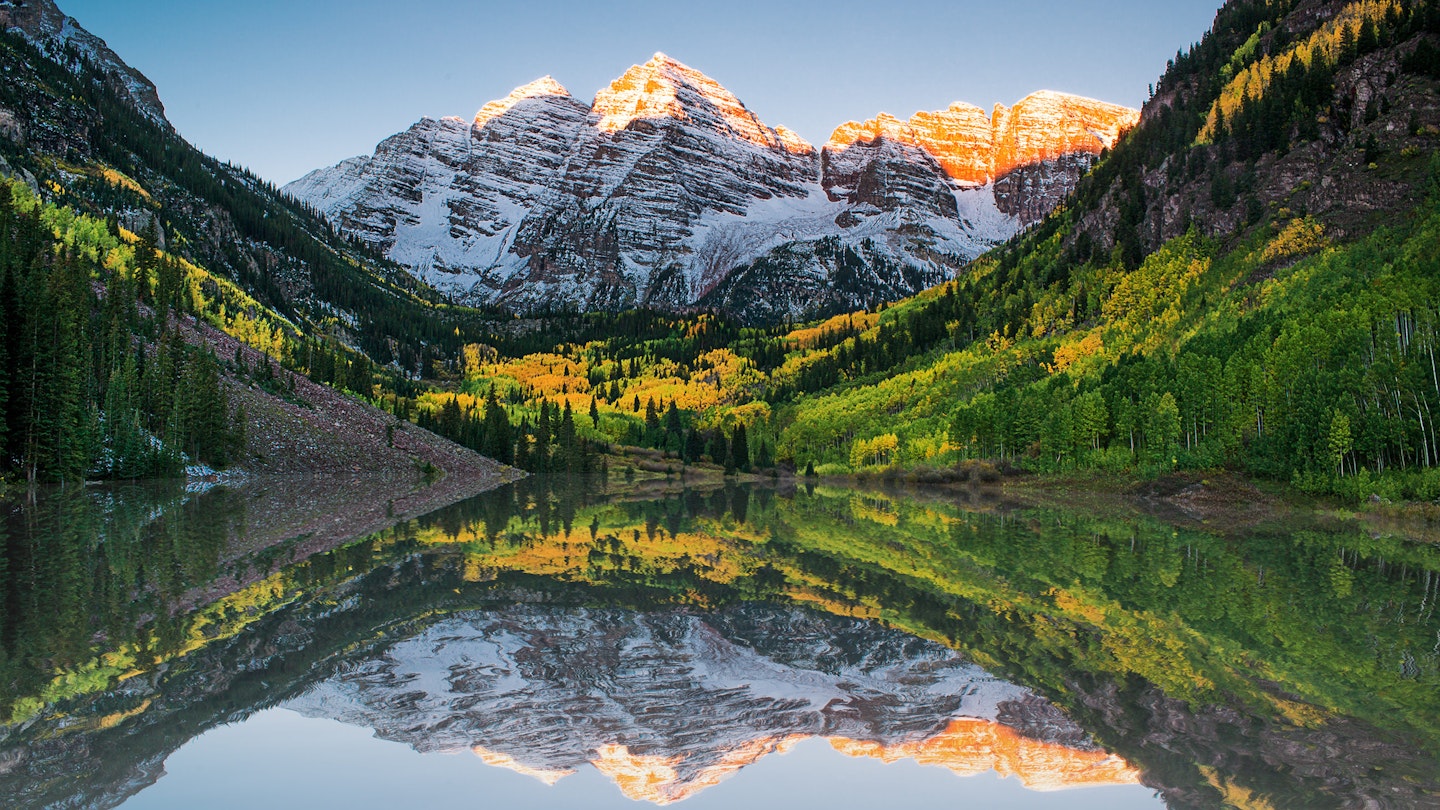Whether you call it hiking, forest bathing, or just enjoying the great outdoors, few activities foster inner peace quite like a walk through a forest. The national forests in the US offer unparalleled opportunities to experience nature and are prevalent in almost every state.
These diverse woodlands present a multitude of hiking opportunities while providing a serene escape from often crowded campgrounds found in more popular national and state parks. National forests allow for dispersed camping, which, although demands a bit more self-sufficiency, can be a cost-effective way to enjoy stunning views while maintaining social distance.
We have highlighted five of the best national forests across the country that you should definitely consider visiting. However, if you don’t reside near one of these natural wonders, don’t lose hope. The US is home to 154 national forests, stretching from Allegheny, Pennsylvania, to Wallowa-Whitman, Oregon, with one in forty out of fifty states. Even Puerto Rico boasts its own, El Yunque National Forest. Explore these less discovered outdoor destinations that will spark your interest in America’s other wilderness areas.
Pisgah National Forest, North Carolina
Pisgah National Forest spans over 500,000 acres along North Carolina’s western boundary, showcasing the magnificent Blue Ridge Mountains and the vibrant outdoor hub of Asheville. home to various tree species, from hardwoods to mountain oaks, it also features 151 miles of the Appalachian Trail.
Originally part of Cherokee land, Pisgah was established in 1916 and serves as a pioneering location in forestry education, marking the USA’s first designated national forest east of the Mississippi. Ideal for those interested in the captivating Appalachian ecosystems, Pisgah offers three unique districts and a range of activities, from camping to waterfall swimming.
Green Mountain National Forest, Vermont
Green Mountain National Forest stretches along Vermont’s Green Mountains, part of the upper Appalachian range and the Long Trail. Each autumn, it transforms into a kaleidoscope of colors, attracting leaf-peepers from near and far.
This area, historically belonging to the Abenaki and Mohican Nations, was established in 1932 following a period of extensive overlogging. Today, it showcases significant natural regeneration. Each season presents unique activities: ideal for camping and hiking in summer, breathtaking scenic drives in fall, and skiing in winter, it also offers opportunities for gold panning and mineral collecting.
Gifford Pinchot National Forest, Washington
Gifford Pinchot National Forest is one of the oldest in the USA, initially designated in 1897. Covering 1.3 million acres, it includes the Mount St Helens National Volcanic Monument and seven wilderness areas. This forest encompasses land traditionally associated with the Yakama Nation among other tribes.
With many old growth trees and a variety of threatened animal species, Gifford Pinchot is an explorer’s paradise, offering more than 1500 miles of trails along with scenic drives featuring volcanic views, mountain climbing routes, and fishing spots.
White River National Forest, Colorado
White River National Forest is a treasure trove of natural beauty, encompassing 2.3 million acres filled with eight wilderness areas, an 82-mile scenic byway, and the iconic Maroon Bells Scenic Area. It features unique water bodies like Hanging Lake and Trappers Lake.
Originally inhabited by the Ute people, this region saw significant changes after the Mexican-American War resulting in their relocation. Established as a timberland reserve in 1891, White River currently collaborates with the Northern, Southern, and Mountain Ute tribes on various projects.
This forest boasts over 2500 miles of trails and is renowned for its winter sports, hosting 12 ski resorts. It’s essential to plan ahead when visiting popular sites like Hanging Lake as they require permits.
Chippewa National Forest, Minnesota
Chippewa National Forest, notable for its abundance of water, is located at the heart of the Mississippi River’s headwaters. It encompasses over 400,000 acres of wetlands, 1300 lakes, and nearly 1000 miles of rivers.
Established in 1908, originally known as the Minnesota National Forest before its name change in 1928 to honor local indigenous tribes, the area was heavily logged in the 19th century. Today, it collaborates with the Leech Lake Band of Ojibwe on its management.
Chippewa National Forest is also a haven for birdwatchers, hosting one of the largest breeding grounds for bald eagles in the contiguous USA, along with a rich fisheries program and thousands of recorded archaeological sites.




